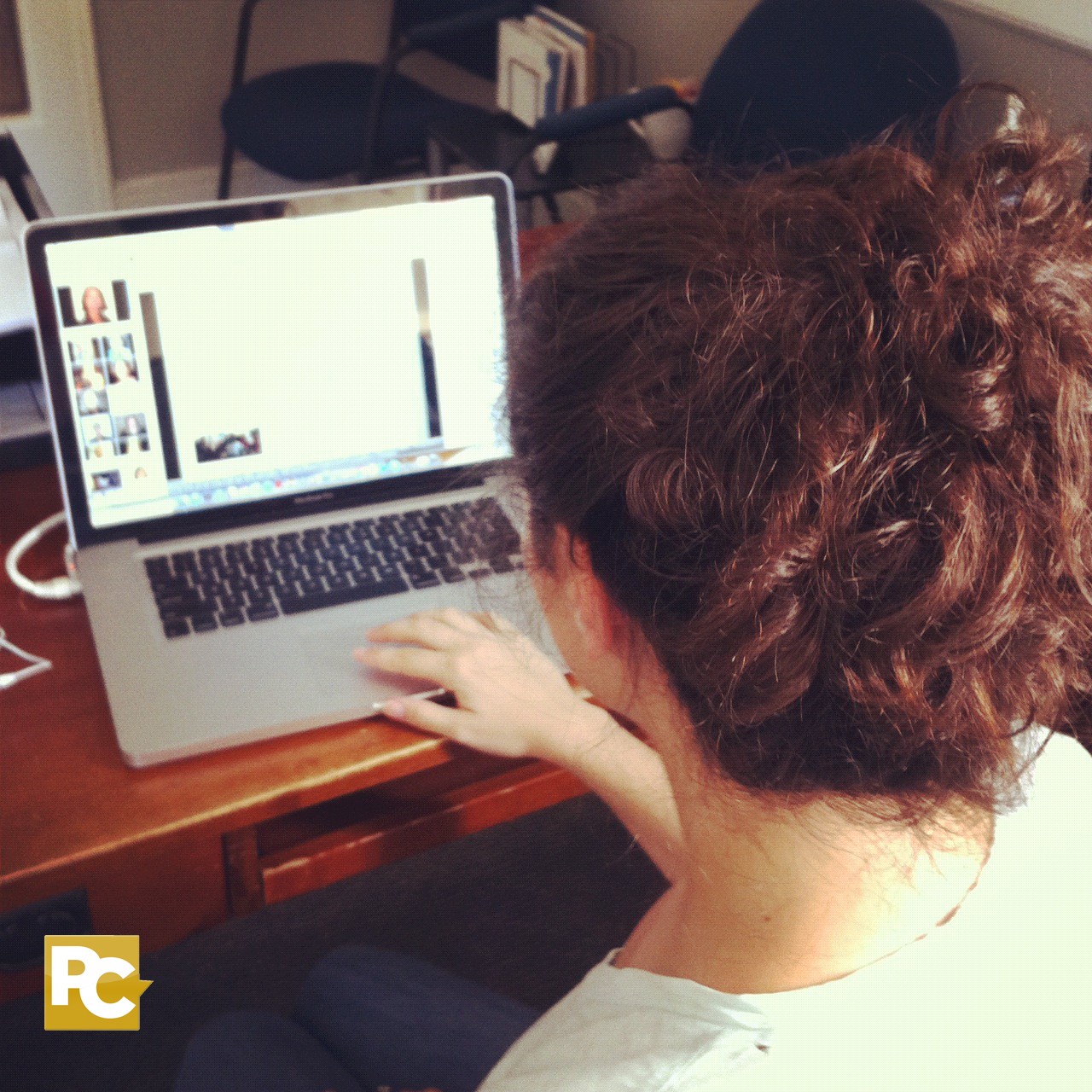#PREVENTION: How state & local health departments can capitalize on social media
 Today I had the opportunity to be a guest speaker on Safe States Alliance’s webinar, #PREVENTION: How State & Local Health Departments Can Capitalize on Social Media. Jenine Harris from Washington University in St. Louis began the webinar by sharing results of her study of state and local health departments’ use of Twitter and Facebook. She noted, and I think several of us find this to be the case, that though health departments primarily use social media tools to share health promotion messages, they find that their audiences are mostly made of practitioners. I followed up on this by describing the PreventConnect community of practice. As I explain in the course on media and technology for sexual and domestic violence prevention efforts on learn.preventconnect.org, while we certainly leverage these tools as components of our comprehensive prevention/behavior change efforts, they are also very useful for community building within and amongst movements. Anyone who has participated in a PreventConnect web conference, discussion group, or email conversation knows that we grow our capacity by connecting with each other.
Today I had the opportunity to be a guest speaker on Safe States Alliance’s webinar, #PREVENTION: How State & Local Health Departments Can Capitalize on Social Media. Jenine Harris from Washington University in St. Louis began the webinar by sharing results of her study of state and local health departments’ use of Twitter and Facebook. She noted, and I think several of us find this to be the case, that though health departments primarily use social media tools to share health promotion messages, they find that their audiences are mostly made of practitioners. I followed up on this by describing the PreventConnect community of practice. As I explain in the course on media and technology for sexual and domestic violence prevention efforts on learn.preventconnect.org, while we certainly leverage these tools as components of our comprehensive prevention/behavior change efforts, they are also very useful for community building within and amongst movements. Anyone who has participated in a PreventConnect web conference, discussion group, or email conversation knows that we grow our capacity by connecting with each other.
Another strong point from today’s webinar came from guest Christine Garcia of Sojourner House in Providence, RI. Christina presented information about her program’s work with youth around safely and respectfully existing in the digital world. But she didn’t stop there – Christina stressed the importance of highlighting how social media can be used for good, to promote positive behaviors, cultures, and environments. She and I shared the conviction that so much of the work around social media focuses on its dangers at the expense of its positive uses.
Guests answered a plethora of questions about their specific programs and projects, as well as more general questions like:
- The audience I’m trying to reach with my message isn’t tuning into our Facebook page. What should I do?
- What one social media tool is the best?
- How do we get more people to like our Facebook page? How do we get more Twitter followers?
Overwhelmingly, our answers centered around the idea that using social media means having a strategy and including our audiences in development and implementation. After all, social media is a tool for engagement. I look forward to continuing these conversations as the digital world advances every day. Thank you, Safe States Alliance, for the opportunity!
To learn more about social media as a tool for sexual and domestic violence prevention, visit our wiki page, our eLearning courses, our blogs, our podcasts, and more at preventconnect.org.
